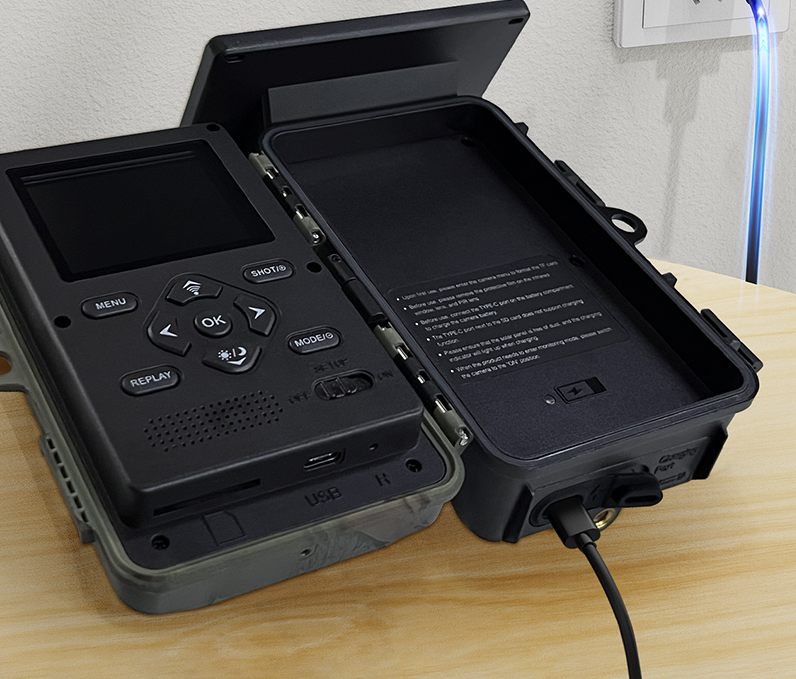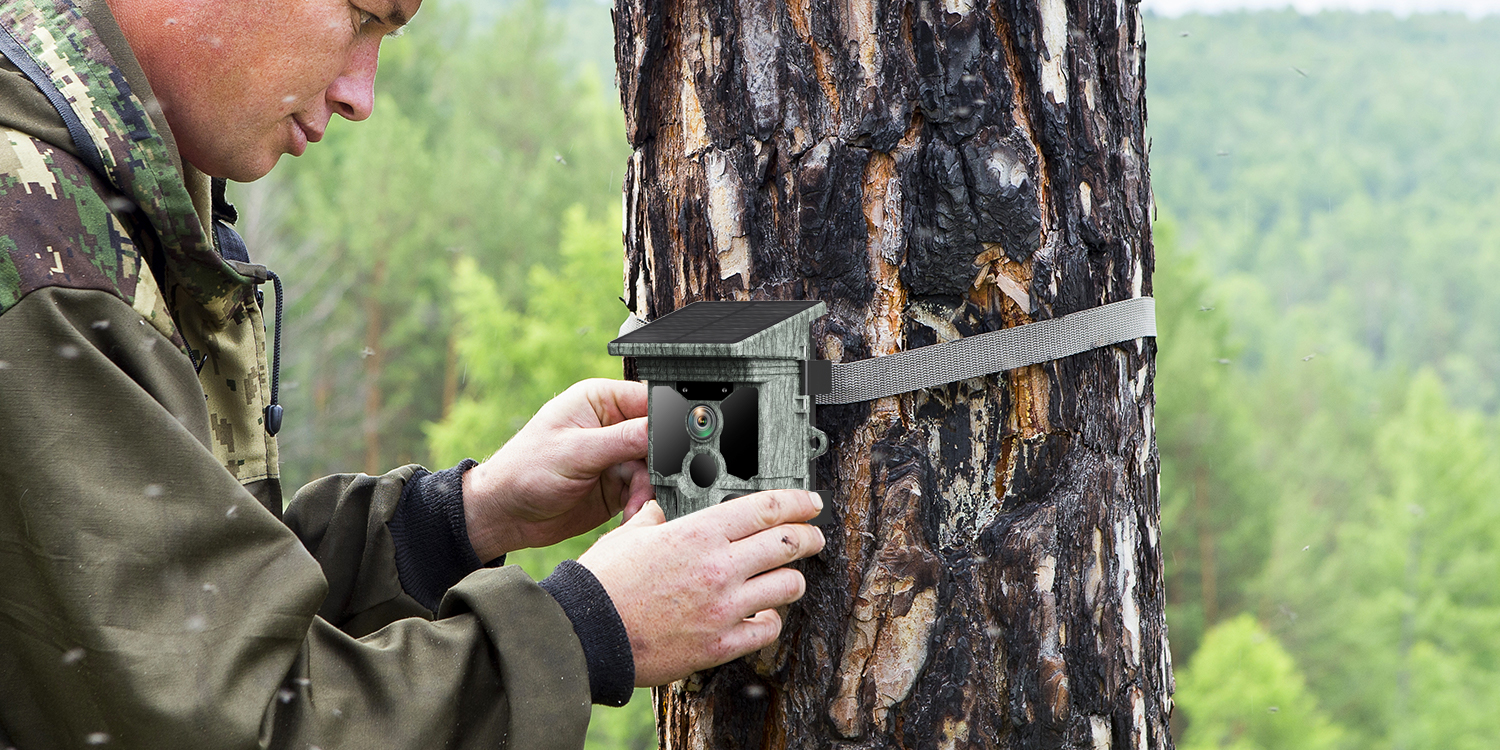Introduction to Wi-Fi Trail Cameras
Wi-Fi trail cameras are sophisticated devices designed for outdoor surveillance, wildlife monitoring, and security applications. These cameras merge cutting-edge technology with the traditional functionality of trail cameras, offering users the ability to remotely access and control the camera through a Wi-Fi connection. This advancement enables users to monitor wildlife activity, track trespassers, or keep an eye on remote locations without the need for physical presence.
Components of a Wi-Fi Trail Camera
A Wi-Fi trail camera comprises several essential components that work together seamlessly to capture images or videos and facilitate remote access. These components include a high-resolution camera sensor, motion sensors, a Wi-Fi module, onboard storage (usually in the form of an SD card), and a power source. The camera sensor captures images or videos triggered by motion detected by the motion sensors. The Wi-Fi module enables wireless connectivity, allowing users to access the camera remotely. Onboard storage stores captured images and videos, while the power source, typically batteries or solar panels, provides the necessary energy for operation.
Motion Detection and Triggering
Motion detection is a critical aspect of Wi-Fi trail cameras. Advanced motion sensors detect movement within the camera's field of view, triggering the camera to capture images or videos. To minimize false triggers caused by environmental factors such as moving foliage or changes in lighting conditions, these cameras often incorporate sophisticated motion detection algorithms.
Image and Video Capture
Once motion is detected, the Wi-Fi trail camera captures images or videos according to user-defined settings. Users can specify parameters such as image resolution, video duration, and the number of images to capture per trigger. The camera's high-resolution sensor ensures clear and detailed images, even in low-light conditions, providing valuable insights into wildlife behavior or security incidents.
Wireless Connectivity
The Wi-Fi module embedded within the trail camera enables wireless connectivity, allowing users to access the camera remotely via their smartphones, tablets, or computers. Users can connect to the camera using a dedicated mobile app or web interface provided by the manufacturer. This wireless connection facilitates real-time viewing of captured images and videos, as well as remote configuration of camera settings, providing users with greater flexibility and convenience.
Remote Monitoring and Control
One of the significant advantages of Wi-Fi trail cameras is their ability to offer remote monitoring and control capabilities. Users can remotely access the camera's live feed, view captured images and videos, and adjust camera settings from anywhere with an internet connection. This feature is particularly beneficial for wildlife researchers, property owners, and security professionals who need to monitor and manage remote locations efficiently.
Data Management and Storage
Wi-Fi trail cameras typically feature onboard storage, such as an SD card, where captured images and videos are stored. Additionally, users have the option to transfer data wirelessly to their smartphones, computers, or cloud storage platforms for safekeeping and analysis. Some cameras offer cloud storage subscriptions, allowing users to store and access their data securely over the internet, providing added convenience and flexibility in data management.
Power Management and Efficiency
Efficient power management is crucial for Wi-Fi trail cameras, particularly in remote outdoor environments where access to electricity may be limited. These cameras often incorporate advanced power management systems to optimize battery life, prolonging operational uptime between battery changes or recharges. Furthermore, some models offer solar panel accessories, allowing users to harness renewable energy to power the camera and extend battery life further, reducing the need for frequent maintenance and enhancing overall efficiency.
In summary, Wi-Fi trail cameras combine advanced features such as motion detection, high-resolution imaging, wireless connectivity, and efficient power management to provide users with a versatile tool for outdoor surveillance, wildlife monitoring, and security applications. By offering remote access and control capabilities, along with robust data management and storage options, these cameras empower users to monitor and manage their surroundings effectively, even in remote or challenging environments.




Leave a comment
This site is protected by hCaptcha and the hCaptcha Privacy Policy and Terms of Service apply.